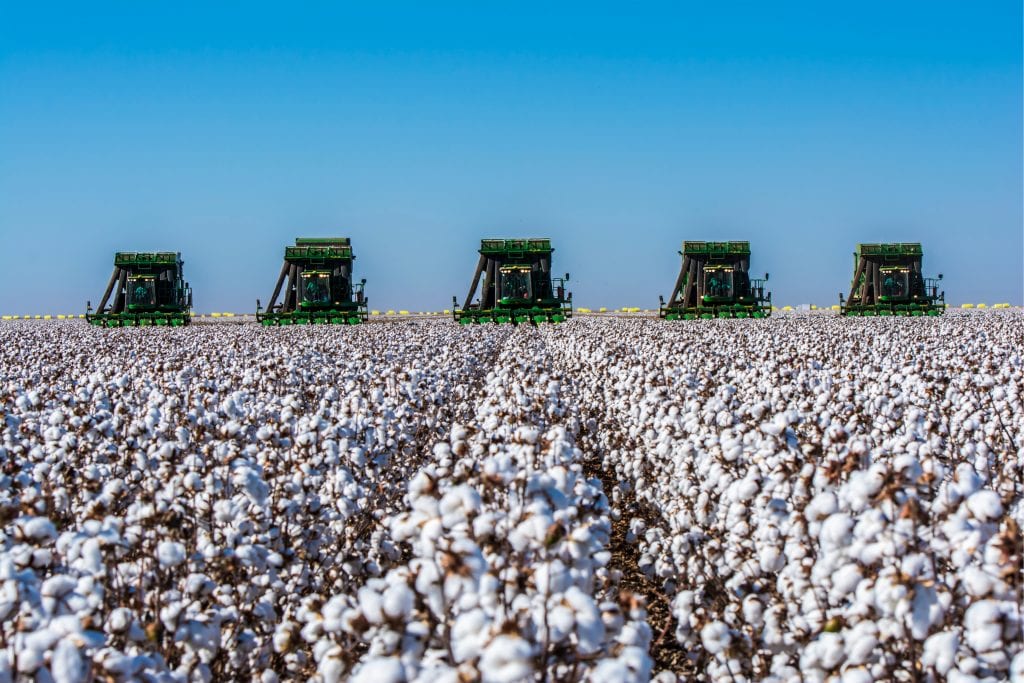
Information from the National Cotton Council (NCC) indicates that U.S. cotton plantings will be down 17 percent from 2022. According to the NCC’s 42nd Annual Early Season Planting Intentions Survey, cotton producers intend to plant 11.4 million acres. A slight increase of 0.5 percent in extra-long staple (ELS) cotton plantings is expected at 184,000 acres. However, that increase is offset by the 17.3 percent decline in intended upland cotton planting, with a total of 11.2 million acres.
“Planted acreage is just one of the factors that will determine supplies of cotton and cottonseed,” NCC Vice President of Economics and Policy Analysis, Dr. Jody Campiche said in a press release. “Ultimately, weather and agronomic conditions are among the factors that play a significant role in determining crop size.”
Of the four growing regions in the U.S., the West represents the largest expected decline in upland acreage for 2023. California, Arizona, and New Mexico acreage is projected to decline by 33.7 percent compared to 2022. Survey responses indicate that decreases in upland acreage are related to increased plantings of ELS cotton and other crops. However, in California, ELS plantings are anticipated to drop by 8.5 percent, with upland plantings declining by 43.3 percent.
MILD OPTIMISM FOR COTTON IN THE WORLD MARKET
NCC notes that increasing production costs, lackluster demand, and supply chain challenges have been difficult challenges for growers. However, the outlook for the 2023/24 marketing year presents some optimism. While world cotton production is projected to increase, so too is cotton demand. Projections indicate that world consumption will rise to 116.1 million bales, an increase of 4.7 percent. Overall global trade of cotton is estimated to increase to 44.2 million bales.
Expectations for a successful marketing year remain tempered due to a variety of risk factors. Global economics such as tighter monetary policy, inflation, and currency pressures could negatively impact cotton demand.










